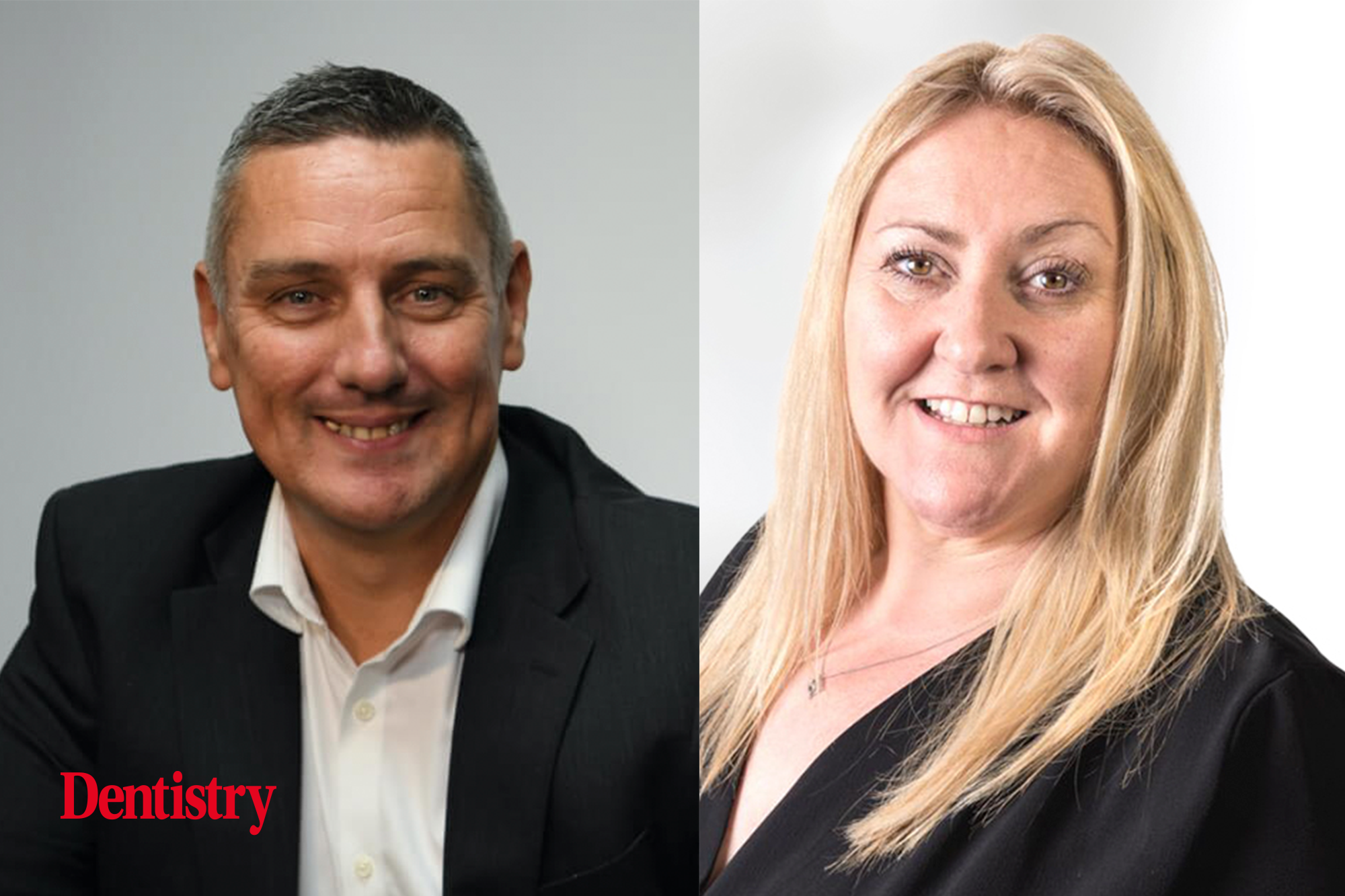
Iain Stevenson interviews Katrina Rees to unpick the golden question of how to replace NHS income when transitioning to private practice.
The NHS landscape has been a somewhat mixed bag of late. Some newly introduced measures are presenting opportunities for NHS dentists. However, clawback, recruitment and regional challenges are still very much putting pressure on an already stretched service.
More and more dentists continue to explore their options outside of the NHS. One of the biggest considerations will be around what is needed to replace NHS income.
With that in mind, I spoke to Katrina Rees to find out what the process is and how practices approach this jigsaw puzzle.
Iain Stevenson (IS): Replacing NHS income is probably the biggest concern for dentists looking to make the move. Can you just explain what the key considerations are?
Katrina Rees (KR): The biggest concern is that once you hand back your NHS contract, you have three months to put in place what you need to fill the gap in your finances. Here, it’s best to have peace of mind that you’ve considered all the factors that come with the conversion.
The higher the dependency a practice or individual has on the NHS, the higher the risk and pressure. Those with more of an established ratio of private treatment to NHS will be less likely to face these concerns.
That said, the key is having the guarantee that there is a regular monthly income to replace the current NHS income. Setting up a dental membership plan is a great way to do this.
There will still be money to replace regardless of how big or small your NHS contract is once you hand it back. Patients will want regular, affordable ongoing access to their dentist. A dental membership plan will support both practice and patient needs in this scenario.
‘Look deeply into the makeup of the practice’
Completing the groundwork is essential to make the transition as smooth as possible. It’s important you fully understand how your business currently operates and what’s going on.
A full risk and viability assessment is a good place to start. You need to be able to answer questions such as how long you have owned or worked at the practice. Will just one individual be converting or will everybody in the practice? If it is one individual, will patients still be able to access the NHS at the practice with another dentist?
Look deeply into the makeup of the practice. This includes the team, the staffing situation, vacancies, capacity for treatment and services on offer. Also what the vision of the converting dentist or the wider practice is because that’s very important too. You may wish to cut back on hours or instead bring in more clinicians and expand the practice.
The next part of the groundwork is looking at the contract value, the current NHS patient numbers and the patient makeup overall to identify where your real opportunity lies to replace income – are many exempt? These are important to pin down.
IS: It sounds quite an undertaking – what are the next steps?
KR: Once you’ve got your starting point, the pricing structure and the fee per item rates need to be determined to ensure you will meet the level required for success. Any membership plans that are introduced need to be adequately costed.
It’s not a simple process to undertake alone. In my experience, some practices have been surprised that the process isn’t as simple as ‘this is how much you’ve got, and this is how much you’ll need’ on a like-for-like basis.
It can really help here to tap into experts. Understanding what you need to replace NHS income can be a time-consuming process for practice owners who are already at full capacity to keep the practice running.
Practice Plan, for example, does a lot of the legwork on these areas and provides guidance and support throughout the whole NHS to private conversion. The team uses an income replacement calculator, designed to crunch the numbers – a big burden off many dentists’ shoulders.
‘Consider replacing NHS income in the wider sense’
The good thing here too is that the team are open and honest about the findings. They’ll let you know if you or your practice isn’t quite ready to undertake a conversion. Often this is down to recruitment, capacity and resources.
They’re also good at spotting if the data gathered during the groundwork doesn’t look right. Such as patient numbers appearing too low or too high for the contract value a practice has.
This can mean an error in the data extracted from software, or maybe it’s just not matching the practice income. Making decisions of this size needs to be done with the right data at hand.
You also need to consider replacing NHS income in the wider sense too. All dentists who plan to reduce their NHS commitments or cease altogether need to top up or replace their personal financial benefits that come with working under the NHS.
This includes the NHS pension and sick pay benefits to name a few. This is best undertaken sooner rather than later so you aren’t left vulnerable.
IS: Thank you Katrina for your enlightening insights.
If you’re looking for support on replacing your NHS income, you can speak to the experts at Practice Plan by visiting www.practiceplan.co.uk/nhs or calling 01691 684165.
For support with replacing the personal financial benefits you receive from the NHS, you can book a no-obligation financial review with a dental specialist financial adviser at Wesleyan Financial Services by visiting wesleyan.co.uk/lifes-journey or calling 0800 316 3784.


